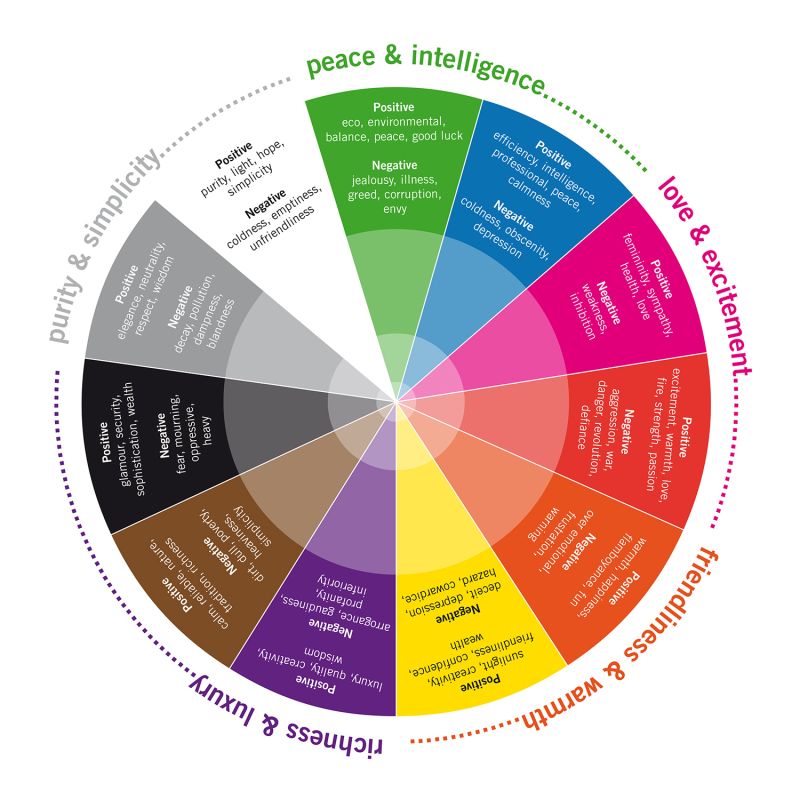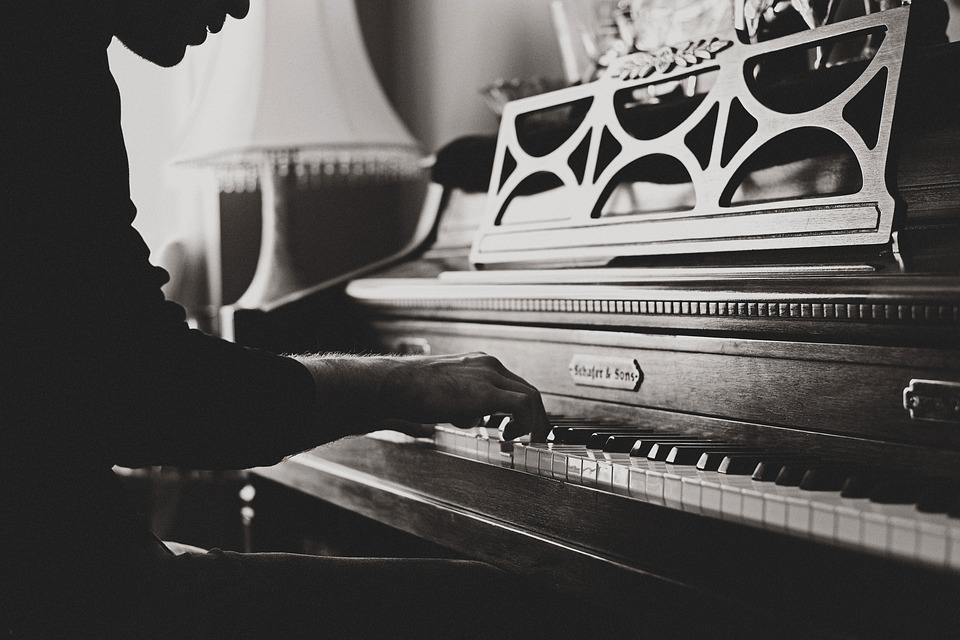Audiolander congratulates the composer of the best score music award of this year, Hans Zimmer!
Would Dune be the same with any other soundtrack? We don’t think so…
This film is one of the examples of the importance and definitive role that music plays in any audiovisual piece. Because sound and music are the 50% of that whole. Music plays a major role in emotion evocation and defines the mood that the piece needs to communicate.
In this case, Dune’s music makes us feel the dystopian future that the story tells. As Zimmer says, this was achieved by the use of technology, but also by the use of the only musical element that will never change: Human Voice.
Evoking what he felt when he saw the Lynch’s version, Zimmer rejected the idea that Sci-fi movies should use Orchestras for their music. He thought that these movies should represent the far future’s context of music made by futuristic instruments (Check here for Audiolander examples). So, using modular synths he found that characteristic outworldly sound that made him win this year’s award.
To know more about this, we bring you this interview about the creation process of Dune’s OST: full video here




